How well do you know Portugal? Have you ever thought about it from A-Z in Portuguese? If we said “A,” what Portuguese word comes to mind?
Let us wander through the depths of Portuguese culture and history and discover its beauty through each letter of the alphabet. Before we begin, we invite you to play along with us and see if you can guess each word of our Portuguese alphabet, words that we believe capture the very essence of the Portuguese soul. Before we go any further, we should tell you: the letters K, W, and Y are missing from the Portuguese alphabet because these letters only appear in foreign words. Without further ado, let’s start with A and not finish until we reach Z.
Azulejo
Azulejo, derived from the Arabic word al zulayj, meaning “polished stone,” is a quintessential feature of Portuguese art and architecture. These vibrant ceramic tiles adorn buildings, churches, and homes, adding color and character to Portugal’s landscapes. Originating in the 15th century, azulejos were initially used to decorate walls and floors of palaces and churches. They depict historical scenes, religious motifs, and intricate geometric patterns, showcasing the country’s rich cultural heritage. Azulejos continue to be crafted by skilled artisans, preserving Portugal’s tradition of tile-making craftsmanship.
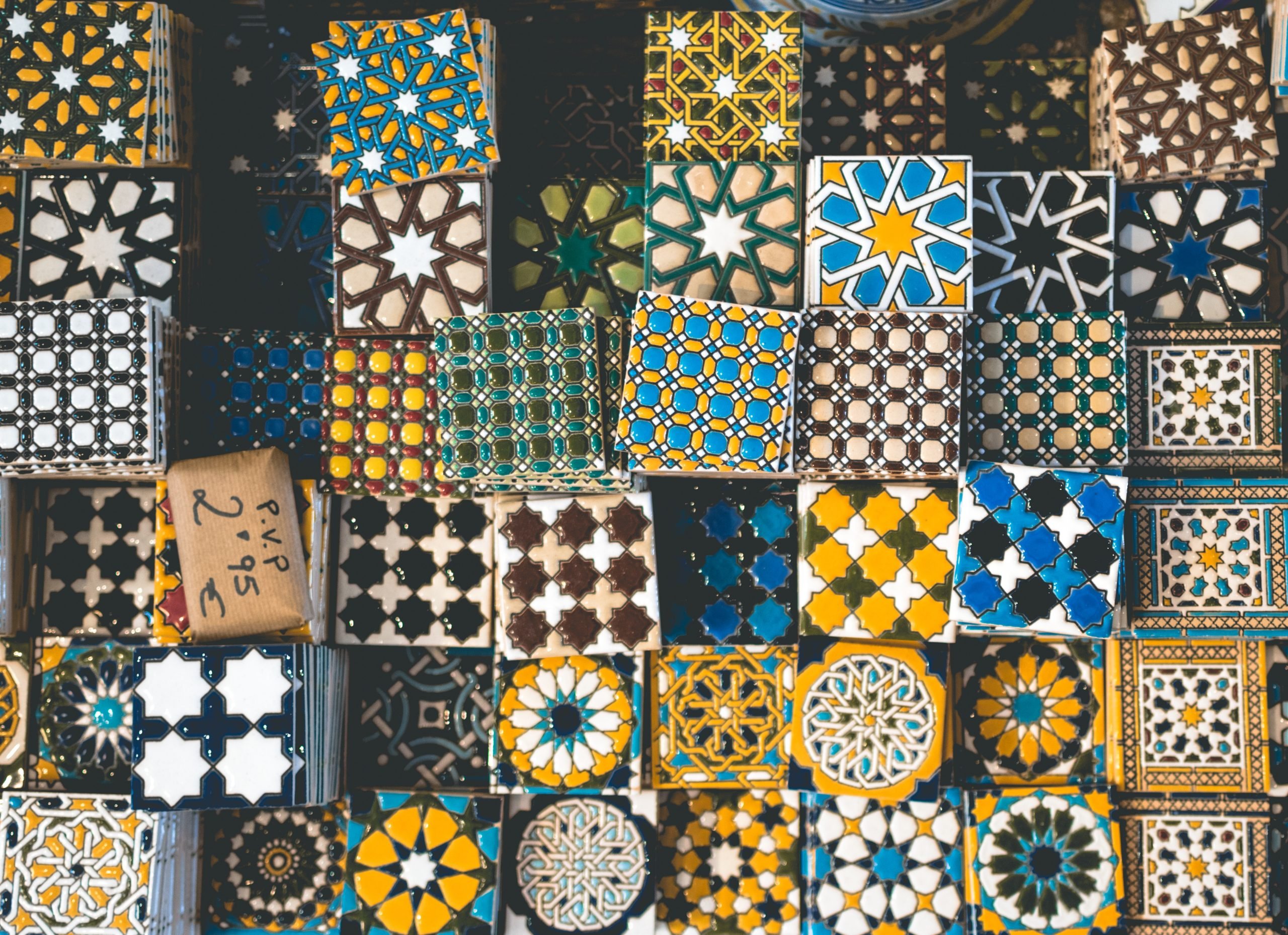
Bacalhau
Bacalhau, or dried and salted codfish, holds a special place in Portuguese cuisine. It’s said that there are more than a thousand ways to prepare bacalhau, reflecting its versatility and popularity. Whether in traditional dishes like Bacalhau à Brás (shredded cod with potatoes and eggs) or Bacalhau à Gomes de Sá (codfish casserole), or modern interpretations in gourmet restaurants, bacalhau remains a staple of Portuguese gastronomy. Its significance goes beyond mere sustenance; it embodies Portugal’s maritime history and cultural identity.
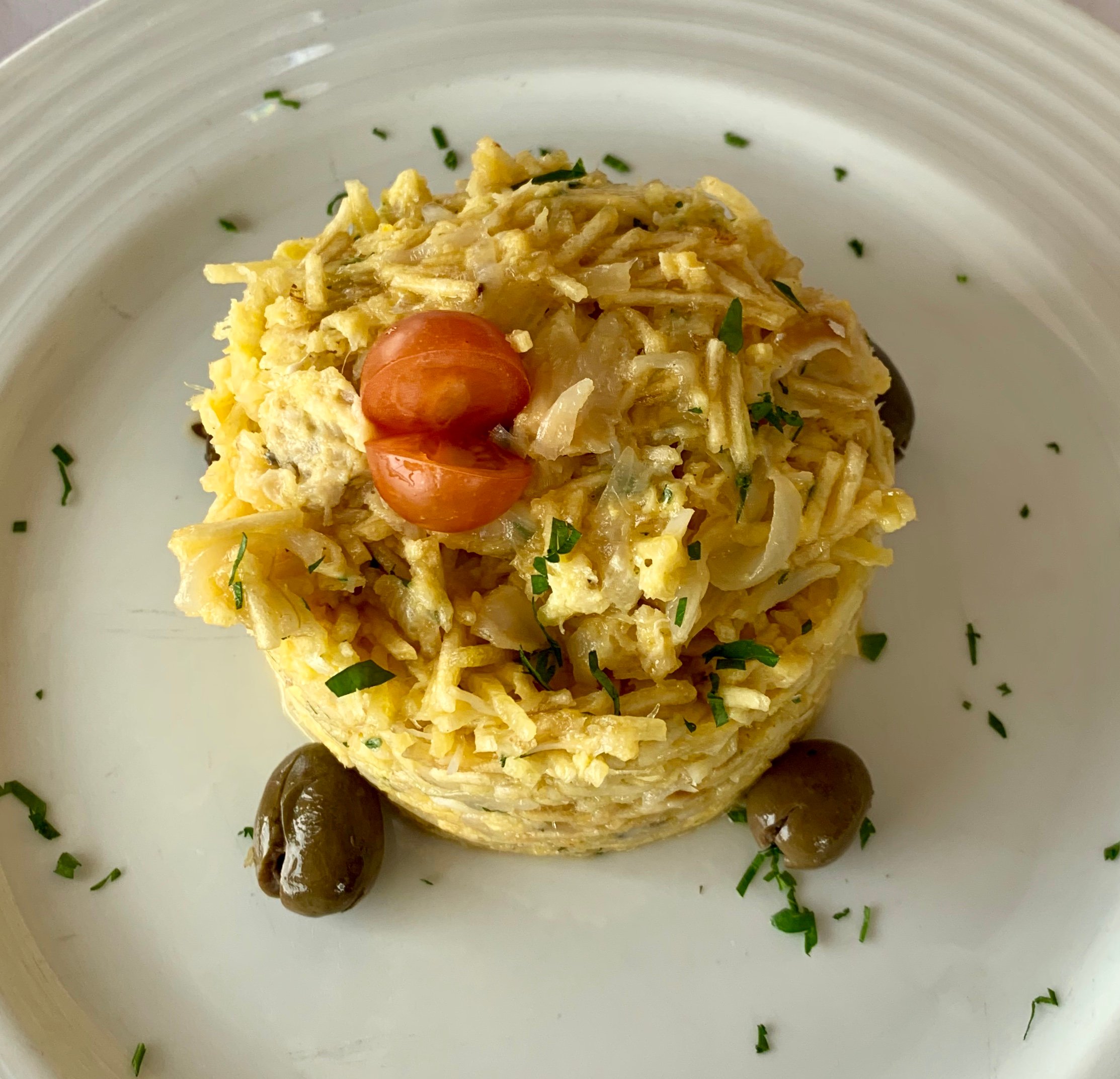
Camões
Luís de Camões, often hailed as Portugal’s greatest poet, penned the epic masterpiece “Os Lusíadas.” This epic poem narrates the Portuguese voyages of discovery during the Age of Exploration, celebrating the country’s maritime achievements and mythologizing its heroes. Camões’s work is revered for its lyrical beauty, profound insights, and patriotic fervor, making him a central figure in Portuguese literature. His legacy endures through his words, which continue to inspire and resonate with readers around the world.

Descobrimentos
The Descobrimentos, or Age of Discovery, marked Portugal’s golden era of exploration and expansion. Led by pioneering navigators like Vasco da Gama and Ferdinand Magellan, Portuguese sailors charted new routes to Africa, Asia, and the Americas, establishing trade networks and colonies that reshaped the course of history. The Descobrimentos brought wealth, knowledge, and cultural exchange to Portugal, leaving an indelible mark on its identity and shaping its global influence.
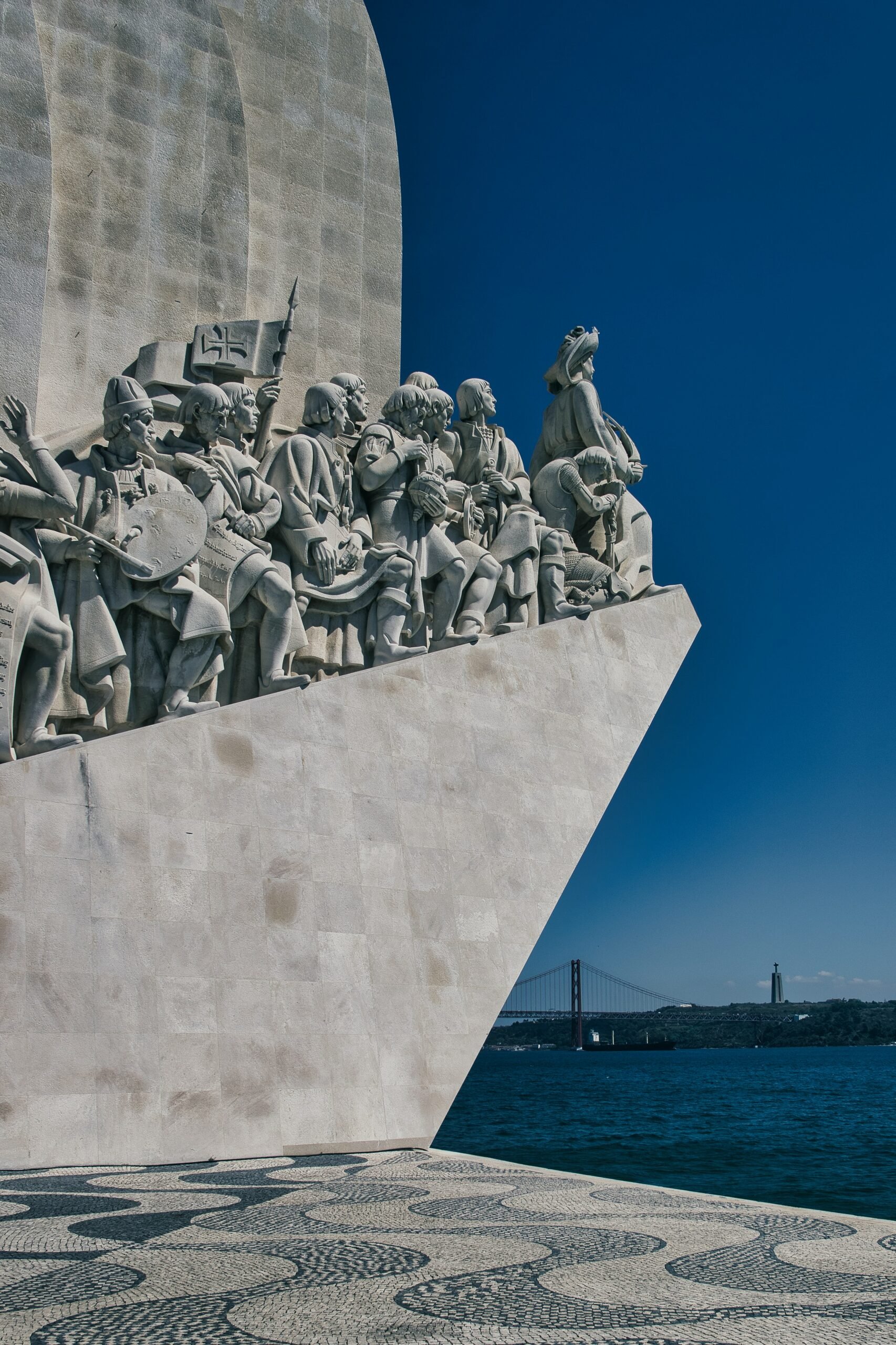
Eça
José Maria de Eça de Queirós, commonly known as Eça de Queirós, was a renowned Portuguese novelist of the 19th century. Born in 1845, Queirós gained fame for his insightful and often satirical portrayal of Portuguese society. His novels, including “Os Maias” and “O Crime do Padre Amaro”, are celebrated for their rich characterizations and sharp social commentary. Queirós, who also served as a diplomat, drew inspiration from his experiences abroad to craft vivid and memorable narratives that continue to captivate readers today, cementing his legacy as one of Portugal’s most significant literary figures.

Fondo Antiguo de la Biblioteca de la Universidad de Sevilha
Fado
Fado, Portugal’s soulful musical genre, encapsulates the nation’s melancholic longing and saudade (a deep emotional state of nostalgic or profound melancholic longing for an absent something or someone). Originating in the streets and taverns of Lisbon in the early 19th century, fado expresses themes of love, loss, and destiny through haunting melodies and heartfelt lyrics. Accompanied by the mournful strains of the Portuguese guitar, fado performances evoke powerful emotions, immersing listeners in its timeless allure. Recognized as Intangible Cultural Heritage by UNESCO, fado remains an enduring symbol of Portuguese identity and passion.
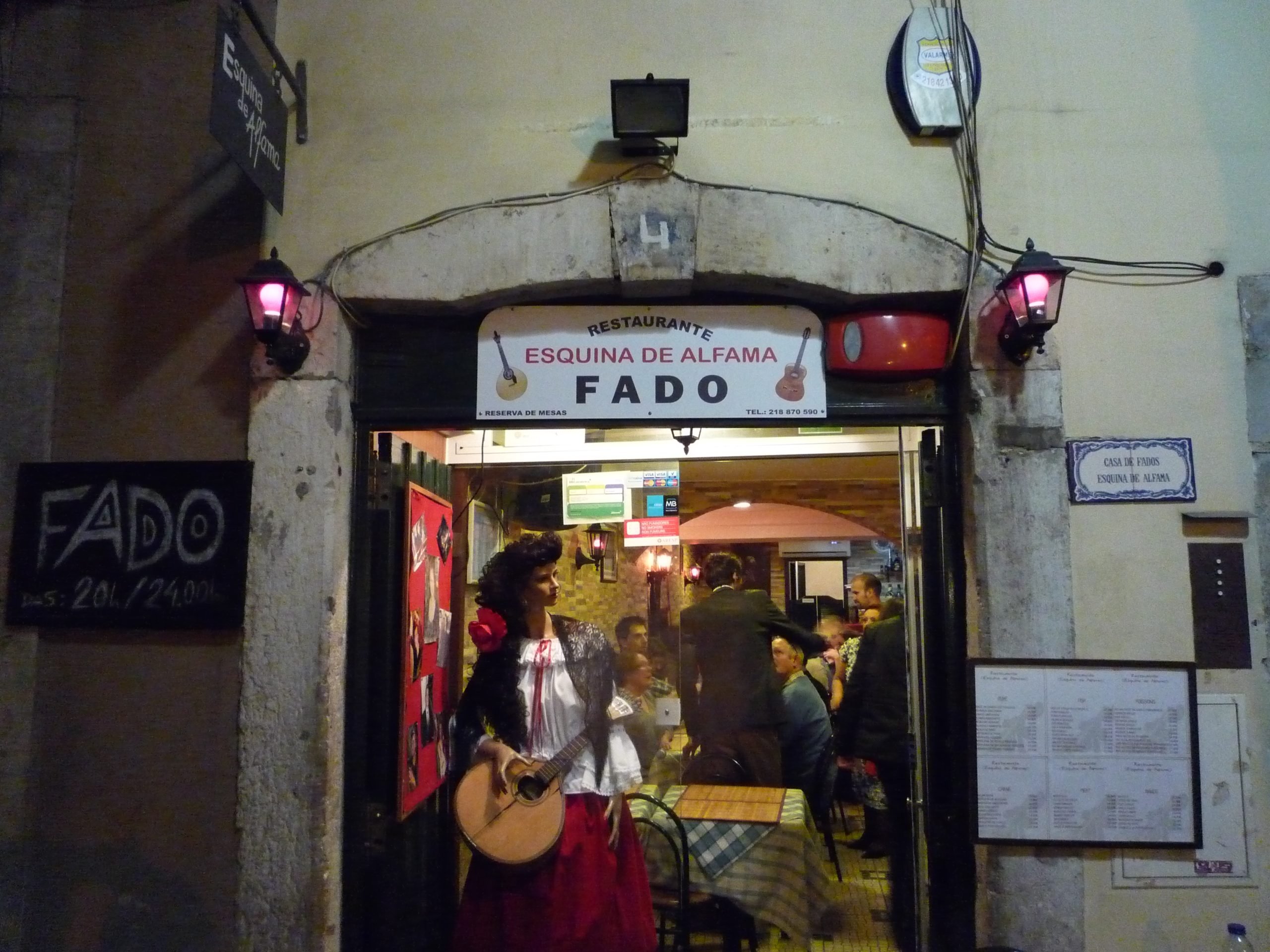
Ginja
Ginja, a traditional Portuguese liqueur, is synonymous with conviviality and celebration. Made from sour cherries infused in aguardente (a distilled spirit), ginja is enjoyed as a digestif or aperitif, often served in small chocolate cups or sipped straight from a shot glass. Whether enjoyed as a warming winter treat or a refreshing summer indulgence, ginja embodies the spirit of Portuguese hospitality and craftsmanship.
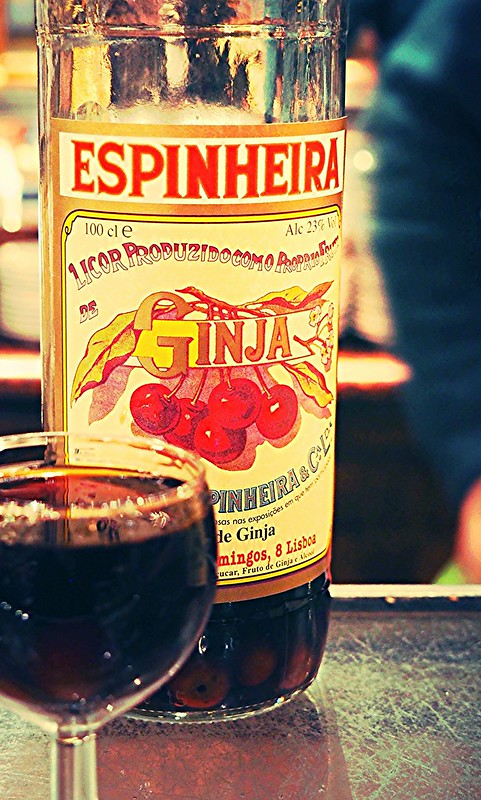
História
História, or history, is the fabric of Portugal’s rich cultural tapestry, woven from centuries of triumphs, challenges, and transformations. From the legendary foundation of the nation to the heights of its maritime empire and the struggles of dictatorship and democracy, Portugal’s history is marked by resilience, exploration, and innovation. Its historical landmarks, such as the Moorish castles of the Algarve, the medieval streets of Porto, and the grandeur of Lisbon’s Age of Discovery monuments, offer glimpses into the past and reminders of Portugal’s enduring legacy.
Império
The Portuguese Império, or Empire, once spanned continents and oceans, leaving an indelible mark on world history. From the Age of Discovery in the 15th century to the decolonization movements of the 20th century, Portugal’s imperial ambitions shaped global geopolitics and cultural exchange. At its height, the Portuguese Empire stretched from Brazil in the Americas to Goa in India, encompassing territories in Africa and Asia. Its legacy is evident in the language, cuisine, and customs of countries once under Portuguese rule. While the empire’s influence has waned, its impact on the modern world endures, reflecting Portugal’s enduring role as a pioneer of exploration and cross-cultural exchange.

Jerónimos
The Jerónimos Monastery, a masterpiece of Manueline architecture, stands as a testament to Portugal’s Age of Discovery. Located in Lisbon’s Belém district, this UNESCO World Heritage site was commissioned by King Manuel I in the early 16th century to commemorate Vasco da Gama’s successful voyage to India. The monastery’s ornate façade, intricate carvings, and majestic cloister embody the wealth and power of Portugal’s maritime empire, while its church houses the tombs of historical figures like Vasco da Gama and Luís de Camões. The Jerónimos Monastery remains a symbol of Portugal’s golden age of exploration and a must-visit destination for travelers seeking to immerse themselves in the country’s rich history and architectural splendor.

Lisboa
Lisboa, or Lisbon, is the vibrant capital city of Portugal, steeped in history and brimming with culture. Perched on the hills overlooking the Tagus River, Lisbon is a mosaic of colorful neighborhoods, historic monuments, and lively squares. From the medieval alleys of Alfama to the elegant boulevards of Chiado, Lisbon’s charm lies in its juxtaposition of old-world charm and modern vitality. Visitors can explore iconic landmarks such as the São Jorge Castle, Belém Tower, and the historic Jerónimos Monastery. With its thriving culinary scene, lively nightlife, and warm hospitality, Lisbon captivates visitors with its enchanting blend of tradition and innovation.

Manuelino
Manuelino, or Manueline, named after King Manuel I of Portugal, is a distinctive architectural style that flourished during the late 15th and early 16th centuries. Characterized by intricate stone carvings, maritime motifs, and symbols of Portugal’s Age of Discovery, Manueline architecture reflects the country’s newfound wealth and global ambitions. Key examples of Manuelino architecture include the Jerónimos Monastery and the Belém Tower in Lisbon, both UNESCO World Heritage sites renowned for their elaborate ornamentation and historical significance.

Navegadores
Navegadores, or navigators, were the bold explorers who spearheaded Portugal’s Age of Discovery. Fueled by a thirst for adventure and the promise of riches, these intrepid sailors ventured into uncharted waters, mapping new trade routes and establishing colonies across the globe. Notable navegadores include Vasco da Gama, who discovered the sea route to India, and Ferdinand Magellan, whose expedition circumnavigated the globe. Their daring exploits expanded the boundaries of known world and transformed Portugal into a global maritime power.

Óbidos
Óbidos, a picturesque medieval town nestled within ancient castle walls, is a timeless gem of Portugal’s cultural heritage. Cobblestone streets wind through whitewashed houses adorned with vibrant bougainvillea, creating a scene straight out of a fairy tale. Visitors can wander through the town’s narrow alleys, visit the imposing Castle of Óbidos, and sample local delicacies such as ginjinha (cherry liqueur) served in chocolate cups. With its charming ambiance and well-preserved architecture, Óbidos offers a glimpse into Portugal’s storied past and provides an enchanting escape for travelers seeking tranquility and beauty.
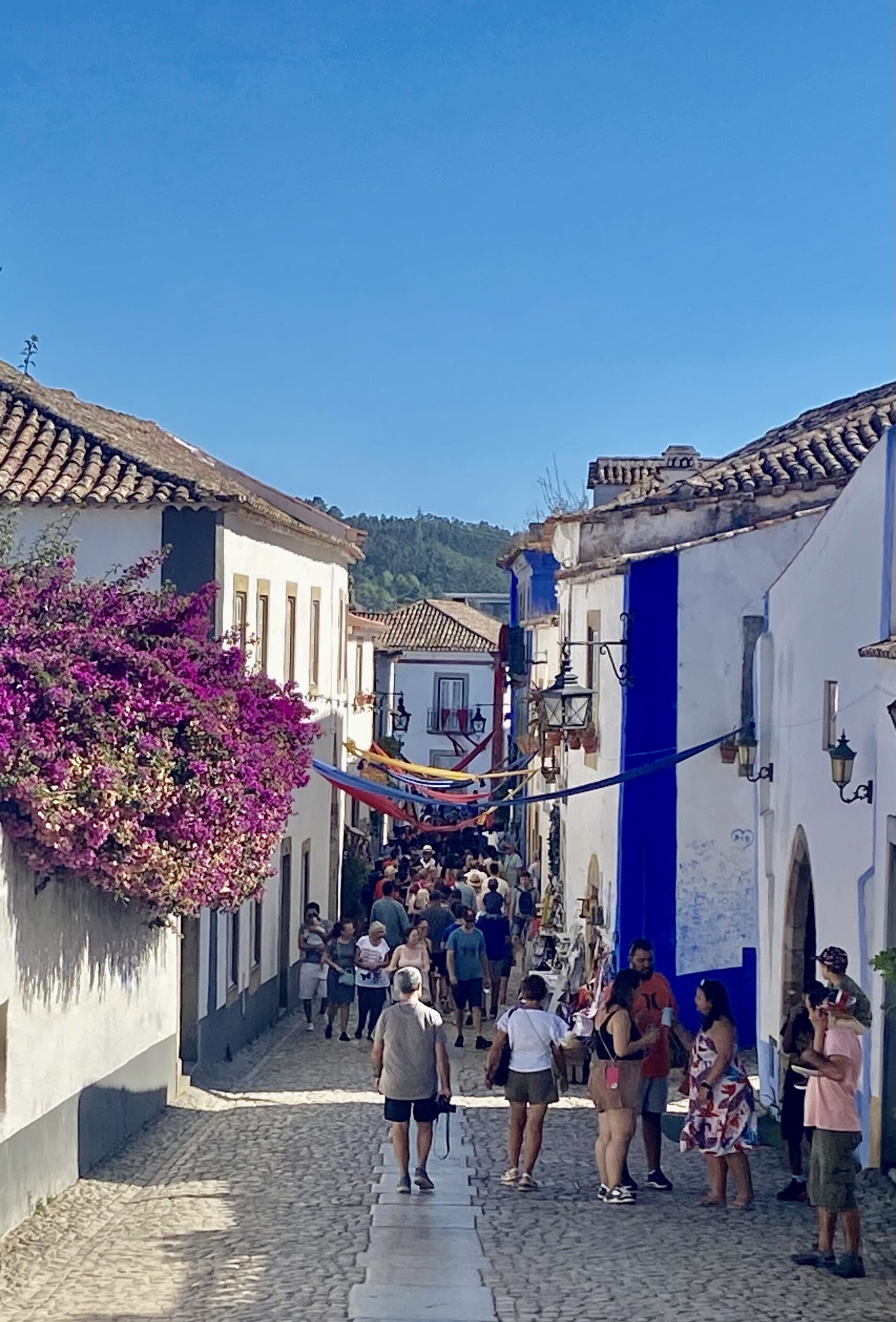
Pastéis de Nata
Pastéis de Nata, or Portuguese custard tarts, are delectable pastries that have become a culinary icon of Portugal. These golden, flaky delights are filled with a creamy custard made from eggs, sugar, and a hint of vanilla, then baked until the top is caramelized to perfection. Served warm with a sprinkle of cinnamon or powdered sugar, Pasteis de Nata are a beloved treat enjoyed any time of day. Whether savored with a cup of coffee in a bustling café or purchased fresh from a pastelaria (pastry shop), these indulgent pastries are a delicious embodiment of Portuguese culinary craftsmanship and tradition.

Queijo
Queijo, or cheese, holds a cherished place in Portuguese gastronomy, with a rich variety of flavors and textures to explore. From the creamy goodness of Queijo da Serra to the tangy bite of Queijo de Azeitão, Portugal boasts an array of artisanal cheeses crafted from sheep, goat, and cow’s milk. Whether enjoyed on its own, paired with local wines, or incorporated into traditional dishes like queijo fresco salads or queijo de cabra pizzas, Portuguese cheese delights the palate and reflects the country’s culinary diversity and craftsmanship.
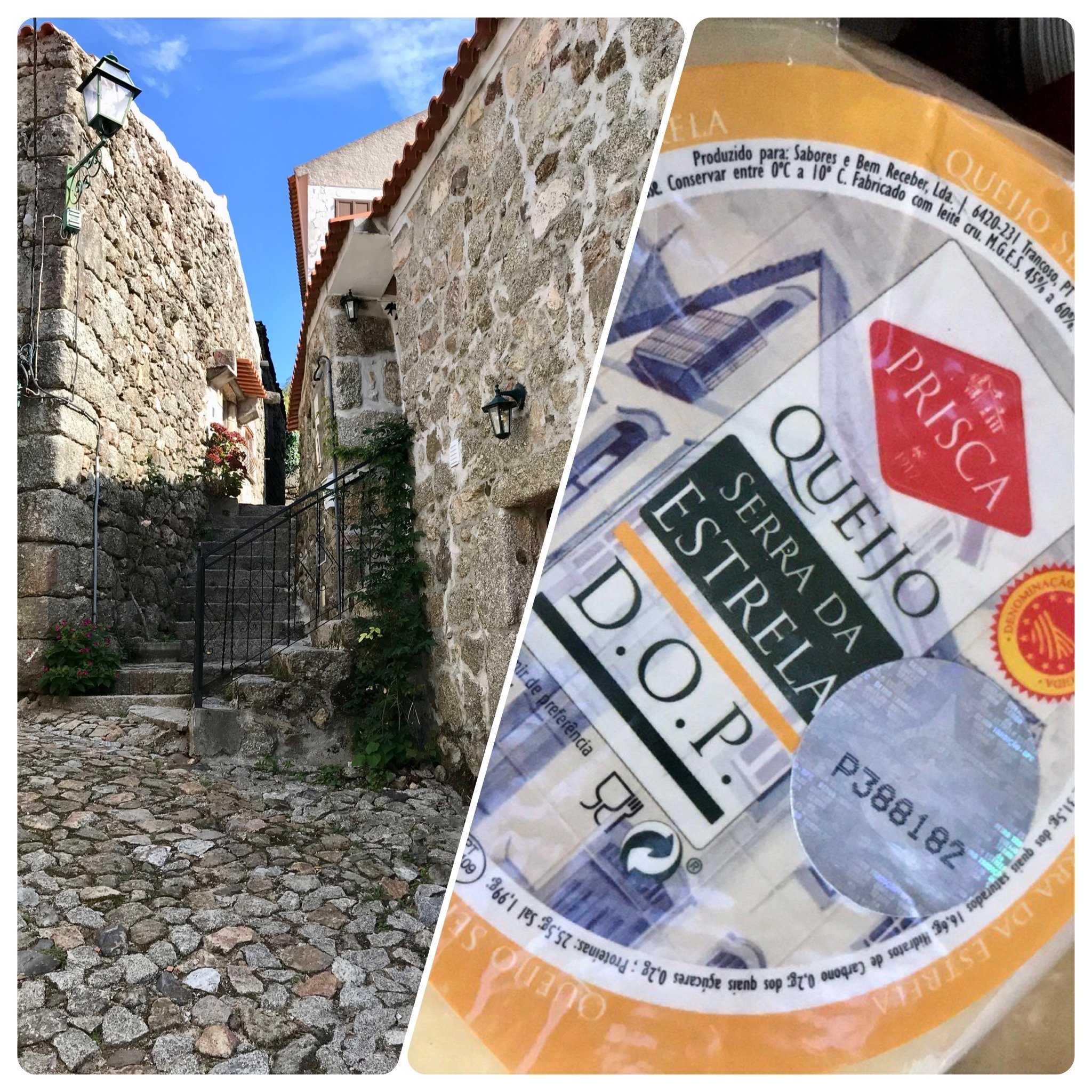
Ronaldo
Cristiano Ronaldo, often simply referred to as Ronaldo, is one of Portugal’s most iconic and beloved athletes. Renowned for his unparalleled talent, athleticism, and work ethic, Ronaldo has achieved legendary status in the world of football. From his early days at Sporting Lisbon to his stardom at Manchester United, Real Madrid, and Juventus, Ronaldo’s illustrious career has been marked by record-breaking performances and numerous accolades, including multiple FIFA Ballon d’Or awards. Beyond his sporting achievements, Ronaldo is celebrated for his philanthropy and role as a global ambassador for Portuguese culture and pride.

Saudade
Saudade, a complex and untranslatable Portuguese word, embodies a deep emotional state of nostalgic or profound melancholic longing for an absent something or someone. Rooted in Portuguese culture and literature, saudade evokes feelings of yearning, melancholy, and bittersweet longing for lost or distant loved ones, places, or experiences. Whether expressed through Fado music, poetry, or everyday conversation, saudade is a fundamental aspect of the Portuguese psyche, reflecting the country’s maritime heritage, longing for exploration, and deep sense of longing for the sea.
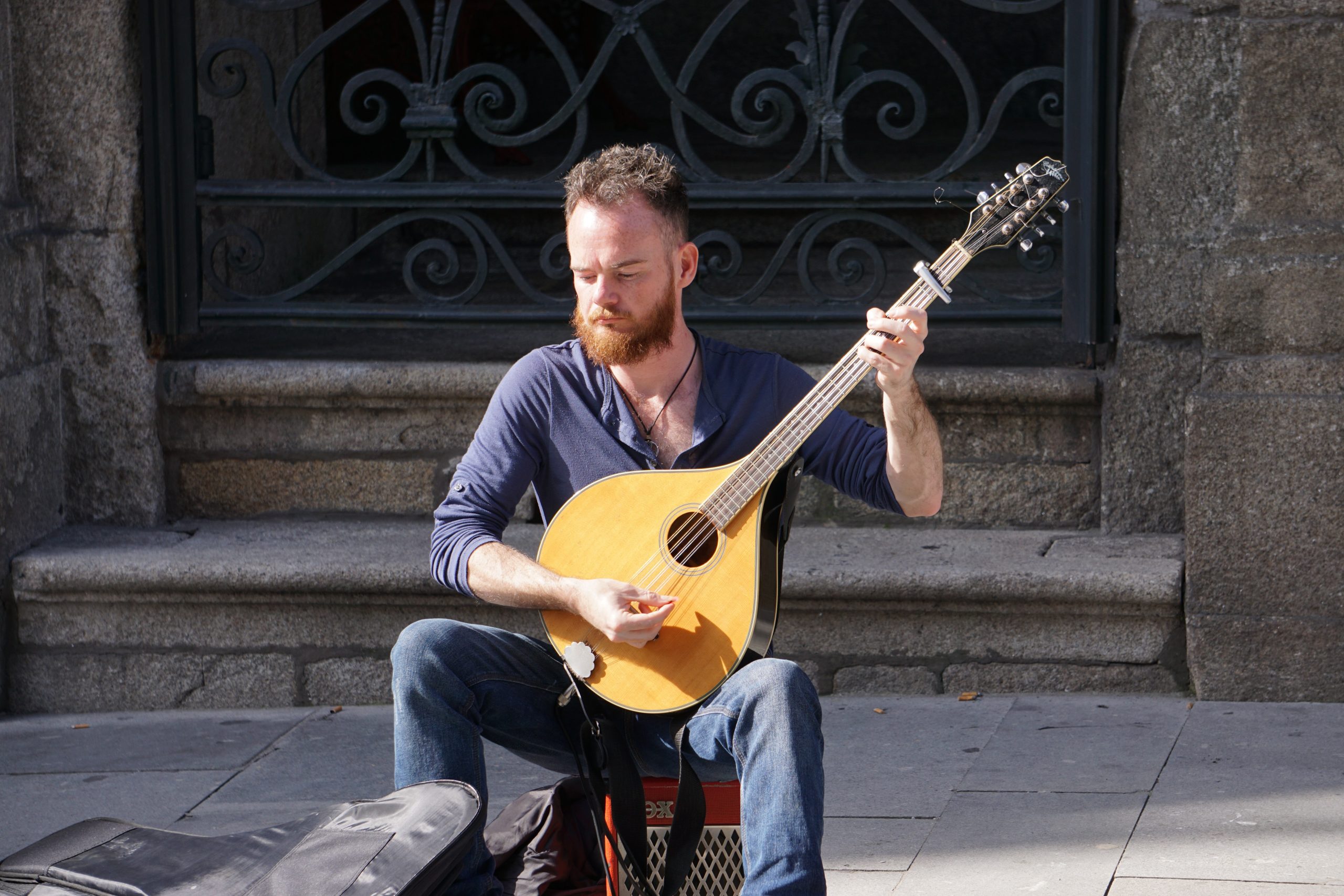
Torre de Belém
The Torre de Belém, or Belém Tower, is an iconic symbol of Portugal’s Age of Discovery and a UNESCO World Heritage site. Located on the banks of the Tagus River in Lisbon, this 16th-century fortress was built to defend the city and mark the starting point of maritime expeditions. Adorned with Manueline architectural details, including intricate stone carvings and maritime motifs, the Torre de Belém is a masterpiece of Portuguese Renaissance architecture. Today, visitors can explore its battlements, climb its spiral staircase, and admire panoramic views of the river and city skyline, immersing themselves in Portugal’s rich maritime history and cultural heritage.
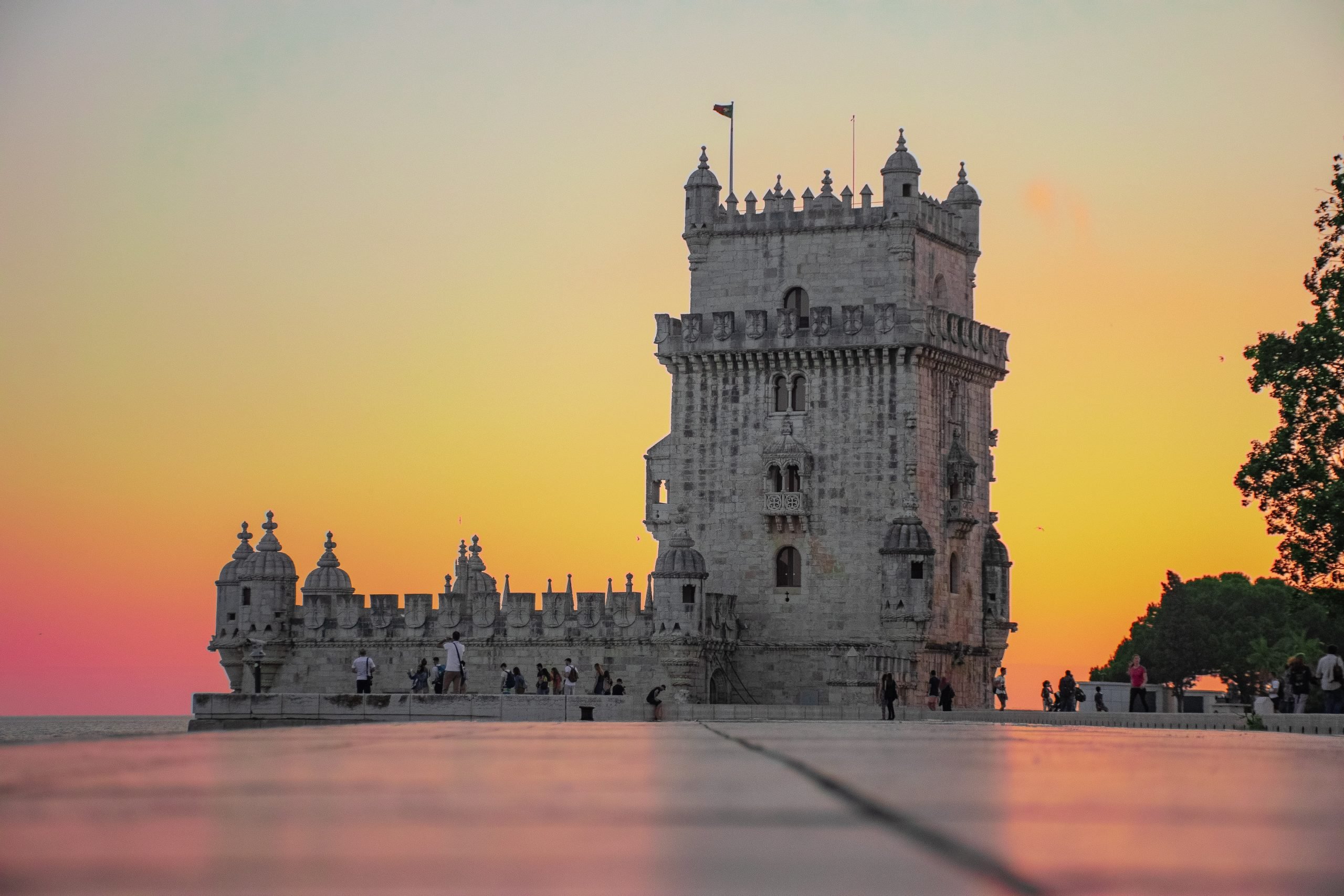
Universidades
Universidades, or universities, play a pivotal role in Portugal’s education system and intellectual landscape. From historic institutions like the University of Coimbra, founded in 1290, to modern research universities and polytechnics, Portugal’s universities offer a diverse range of academic programs and opportunities for students. These institutions foster innovation, research, and knowledge exchange, contributing to Portugal’s scientific advancements and cultural enrichment. With a commitment to excellence and inclusivity, Portuguese universities continue to shape the future of education and society.
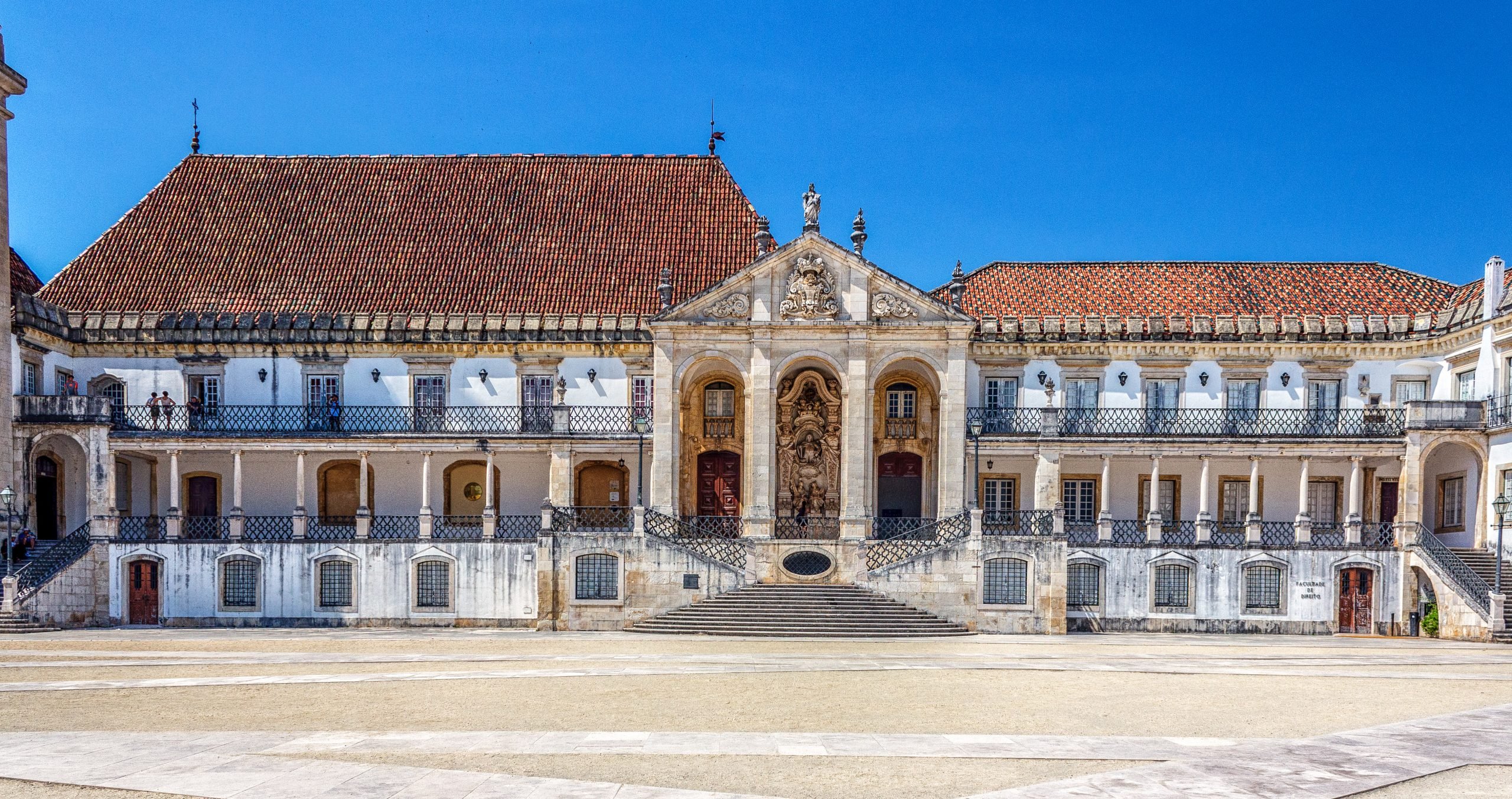
Vinho
Vinho, or wine, is an integral part of Portuguese culture and heritage, with a winemaking tradition that dates back thousands of years. Portugal’s diverse terroir and grape varietals give rise to a wide array of wines, from the fortified Port wine of the Douro Valley to the crisp Vinho Verde of the northwest region. Whether enjoyed with a hearty meal, during a festive celebration, or as part of a leisurely wine-tasting tour, Portuguese wine delights the senses and reflects the country’s passion for winemaking and conviviality.

Xisto
Xisto, or schist, is a distinctive type of rock that shapes the landscape of Portugal’s interior regions, particularly in the mountainous areas of the Douro Valley and Serra da Estrela. Known for its characteristic layers and shimmering appearance, schist plays a crucial role in the terroir of Portugal’s wine regions, providing mineral-rich soils ideal for viticulture. Beyond its geological significance, schist is also used in traditional Portuguese architecture, contributing to the rustic charm of villages and towns nestled amidst the rugged beauty of the countryside.
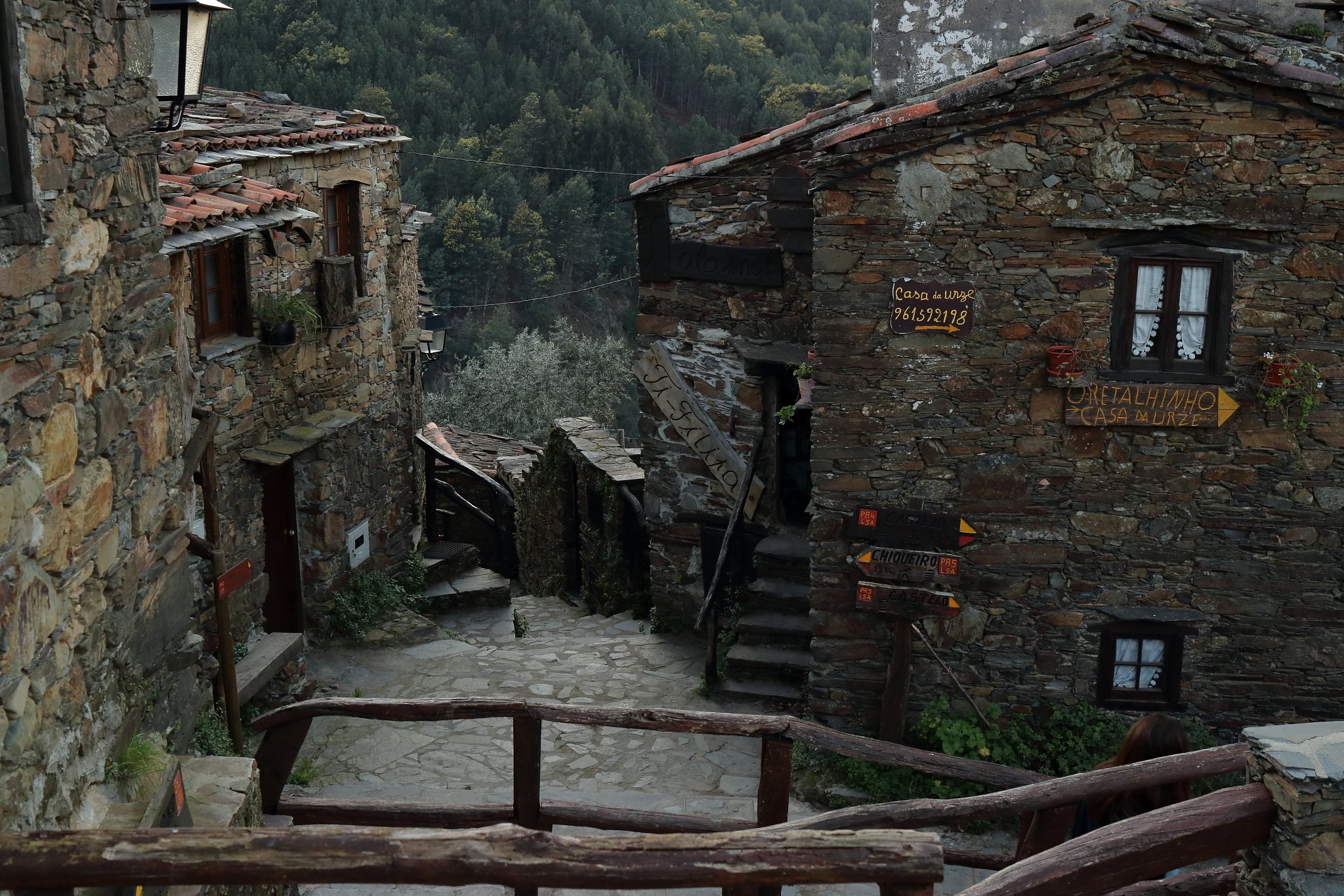
Zé Povinho
Zé Povinho, a symbolic character in Portuguese culture, represents the common people and their resilience in the face of adversity. Depicted as a humble and stoic peasant wearing a brimmed hat, Zé Povinho is a recurring figure in Portuguese political cartoons and satire, serving as a voice for the working class and a critique of societal injustices. Through humor and wit, Zé Povinho embodies the spirit of the Portuguese people, their values, and their ongoing struggle for social justice and equality.

Final Thoughts
How many did you get right? Did you learn something new?
In the fading light of dusk, as the echoes of history reverberate through the cobblestone streets, we bid farewell to Portugal—a land of timeless beauty and boundless intrigue. From the soaring spires of ancient monasteries to the humble taverns where Fado music lingers in the air, this journey has been a testament to the enduring spirit of a nation shaped by centuries of adventure and adversity.
As we part ways with the shadows that dance upon the walls of Lisbon’s labyrinthine alleys, we carry with us the memories of a land steeped in tradition and teeming with possibility. For in every Azulejo tile, in every bite of Bacalhau, and in every haunting chord of Fado, we find a reflection of Portugal’s soul—a tapestry woven from the threads of history, culture, and the indomitable human spirit.
So, until we meet again, may the spirit of Portugal guide your path, may its history inspire your dreams, and may its beauty captivate your heart forevermore. Adeus, Portugal—until we meet again.

